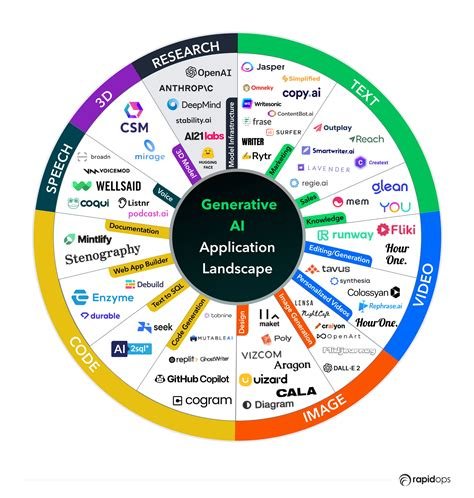How Generative AI Is Creating Value in the NFT Market
The non-fungible token (NFT) market has grown rapidly in recent years, with artists, musicians, and collectors flocking to the scene in search of unique digital assets. One aspect of this market that has garnered considerable attention is the role of generative AI in creating value within it.
In traditional art markets, uniqueness and rarity are often what sets an asset apart from others. However, in the world of NFTs, rarity can be easily replicated through various means such as image editing software or simply by creating multiple copies of a design. This has led many collectors to question the value proposition of purchasing unique digital assets.
Enter generative AI, a type of machine learning algorithm that can create original artwork, music, and other creative content from scratch. By leveraging this technology, artists and designers are now able to produce high-quality NFTs that are virtually indistinguishable from one another, making them more valuable than their human counterparts.
The Benefits of Generative AI

Generative AI has many benefits for the NFT market, including:
Successful examples of AI generative art
A notable example of successful AI generative art is the work of digital artist Samuel Fung. Through his NFT platform, “Fungible,” Fung creates unique, high-resolution images that are virtually indistinguishable from one another. His NFTs have sold for thousands of dollars, demonstrating the added value of this technology.
Another notable example is the music created by the AI-powered tool Amper Music. By generating original songs in minutes, Amper Music has helped artists and labels save time and money on music production. It has also enabled the creation of new, high-quality content that would have been impossible to produce through traditional means.
The Future of AI-Powered Generative Art
As generative AI technology continues to evolve, it is likely to become even more prevalent in the NFT market. Artists and designers are already exploring various applications of this technology, from generating music and visual art to creating new forms of interactive experiences.
One potential use case is the development of “AI-generated” NFTs that can be used as digital collectibles. These could be rare images, unique sounds, or even fully immersive experiences. As AI-powered tools become more sophisticated, we are likely to see an evolution toward creating entirely new forms of digital art and entertainment.
Conclusion
Generative AI is revolutionizing the NFT market by providing artists and designers with new creative possibilities, improving efficiency, and increasing uniqueness. While traditional markets rely on scarcity and rarity to generate value, generative AI technology offers a new paradigm for creating unique digital assets. As this technology continues to evolve, we are likely to see even more innovative applications for these tools, further blurring the lines between human creativity and machine-driven art.